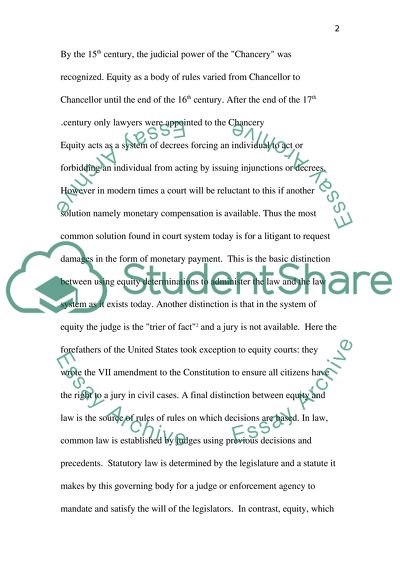Cite this document
(The Legal Terms Equity and Common Law Essay Example | Topics and Well Written Essays - 1500 words, n.d.)
The Legal Terms Equity and Common Law Essay Example | Topics and Well Written Essays - 1500 words. Retrieved from https://studentshare.org/law/1518710-equity-and-common-law-college-essay
The Legal Terms Equity and Common Law Essay Example | Topics and Well Written Essays - 1500 words. Retrieved from https://studentshare.org/law/1518710-equity-and-common-law-college-essay
(The Legal Terms Equity and Common Law Essay Example | Topics and Well Written Essays - 1500 Words)
The Legal Terms Equity and Common Law Essay Example | Topics and Well Written Essays - 1500 Words. https://studentshare.org/law/1518710-equity-and-common-law-college-essay.
The Legal Terms Equity and Common Law Essay Example | Topics and Well Written Essays - 1500 Words. https://studentshare.org/law/1518710-equity-and-common-law-college-essay.
“The Legal Terms Equity and Common Law Essay Example | Topics and Well Written Essays - 1500 Words”, n.d. https://studentshare.org/law/1518710-equity-and-common-law-college-essay.


